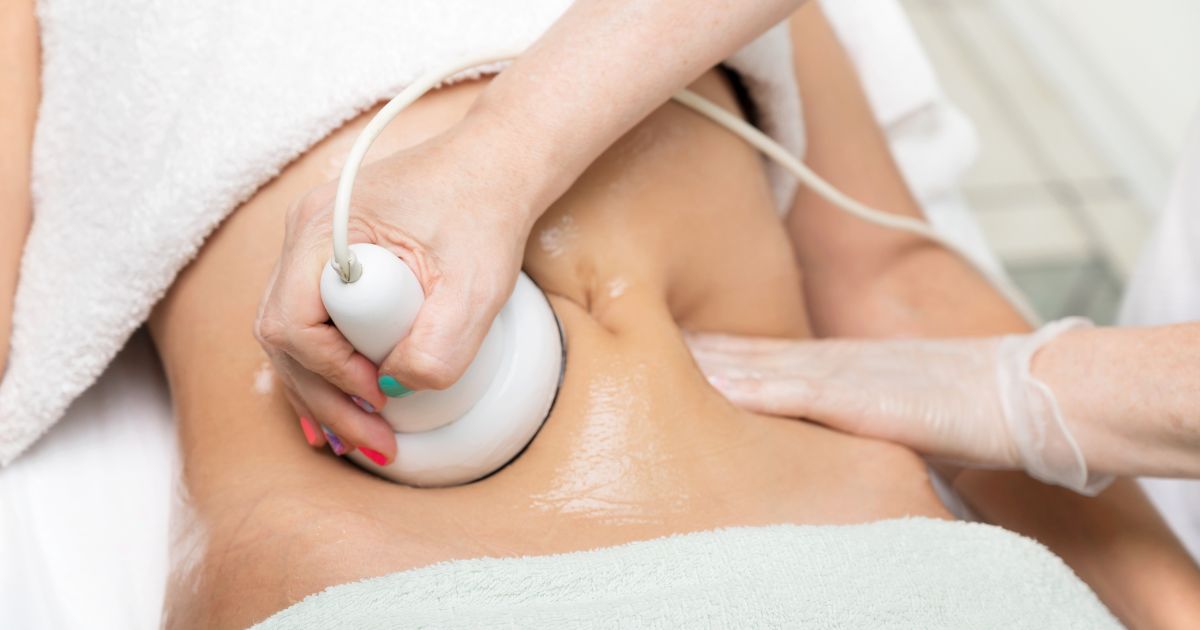Lipomas are benign growths of fat cells that can develop under the skin, causing discomfort or affecting one’s appearance. Traditional surgical removal of lipomas often involves large incisions, resulting in significant scarring and lengthy recovery times. However, with advances in technology, liposuction has become a popular and effective alternative for removing lipomas with minimal scarring and downtime.
In this guide, we will explore how liposuction can remove lipomas, including the benefits, risks, and recovery process. Our aim is to provide you with the information you need to make an informed decision about whether liposuction is the right option for you.
How Liposuction Can Remove Lipomas
Liposuction can be an effective method for removing lipomas, which are benign fatty tumours beneath the skin. This minimally invasive procedure involves inserting a thin tube, or cannula, through a small incision to suction out the adipose tissue. The technique offers a quicker recovery and less scarring than traditional surgical methods.
- Minimally invasive lipoma extraction
- Reduced scarring post-procedure
- Faster recovery than open surgery
- Cannula-assisted fatty tissue removal
- Local anaesthesia is typically sufficient
- Outpatient procedure convenience
- Cosmetically favourable outcomes
Lipoma Genesis
We don’t know for sure where lipomas come from, but it’s possible that genetics and certain things in our environment might play a part in causing them. Individuals may exhibit increased susceptibility to lipoma development due to familial predispositions or contact with particular substances.
Book A Consultation With Dr Tarek Bayazid
Top-rated Plastic Surgeon For Liposuction in Dubai
Lipoma Classifications
Lipomas can be categorized into several distinct types:
- Conventional lipomas
- Spindle cell lipomas
- Pleomorphic lipomas
- Angiolipomas
- Myelolipomas
Each variant possesses unique traits, but all consist of adipose cells.
What is Liposuction?
Liposuction represents a favored aesthetic procedure to extract surplus fat from targeted body regions. It is commonly employed to restructure and contour areas such as the abdomen, thighs, hips, and arms.
The Technique
During liposuction, a physician creates a diminutive incision and inserts a slender, hollow conduit called a cannula. The cannula, connected to a suctioning apparatus, extracts undesired fat. The method of anesthesia—local or general—depends on the lipoma’s dimensions and position.
Recuperation
The convalescence period following liposuction depends on the treated area’s size and the patient’s general well-being. Most patients can resume routine activities within a week, but adherence to the surgeon’s post-surgical recommendations is crucial for optimal outcomes.
Liposuction as a Lipoma-Removal Solution
Liposuction has become a favored substitute for traditional surgical excision in lipoma removal. This pioneering technique offers numerous advantages over conventional approaches.
Advantages of Liposuction
Targeting stubborn fat deposits resistant to diet and exercise, short recovery times, and precise body reshaping are just a few advantages of liposuction. For those seeking a smoother, more contoured appearance, liposuction is a desirable alternative because of the small incisions’ little damage.
Inconspicuous Scarring
As liposuction necessitates smaller incisions than standard surgery, scarring is less perceptible. These minute incisions heal more rapidly and are less prone to complications.
Abbreviated Downtime
Liposuction generally demands less downtime than conventional surgery, enabling patients to recommence daily tasks more rapidly. This is particularly advantageous for individuals with hectic schedules or those who cannot allocate prolonged time away from work.
Enhanced Aesthetics
Liposuction-assisted lipoma removal facilitates a more chiseled and contoured appearance, potentially augmenting self-assurance and overall satisfaction.
Risks and Potential Complications
As with any surgical intervention, liposuction for lipoma removal carries inherent risks and possible complications, including infection, hemorrhage, edema, and transient numbness. However, when executed by a proficient and seasoned surgeon, these risks are typically minimal, and complications can be effectively managed.
See related: Post liposuction swelling tips.
Selecting a Right Surgeon
Identifying the appropriate surgeon is crucial for obtaining optimal results and minimizing potential hazards. The following are some key features to look for before selecting a surgeon:
Credentials and Expertise
Seek a board-certified plastic surgeon with an extensive liposuction and lipoma excision background. The surgeon should present pre-and post-operative images of prior patients and possess a robust record of successful outcomes.
Referrals and Recommendations
Ask for referrals from friends, family, or healthcare providers. Look for recommendations from trusted sources and review online reviews and testimonials.
Consultations and Communication
Schedule consultations with potential surgeons to assess their communication style, attentiveness, and willingness to answer questions.
Facility and Staff
Ensure the surgeon operates in an accredited facility with qualified staff and appropriate equipment.
Cost and Insurance
Understand the cost of the procedure, including any associated fees or expenses. Determine if the surgeon accepts insurance or offers financing options.
Follow-up Care
Inquire about the surgeon’s follow-up care plan, including post-operative visits and support.
Contrasting Liposuction and Conventional Surgery
When considering lipoma removal, it’s vital to comprehend the distinctions between liposuction and conventional surgery. Each approach possesses its unique advantages and limitations.
Divergent Procedures
Conventional surgery entails creating a more substantial incision and directly extracting the lipoma from the adjacent tissue. This technique can be more invasive than liposuction, which utilizes smaller incisions and a suction apparatus to excise the lipoma.
Convalescence and Outcomes
The recuperation period for conventional surgery typically surpasses that of liposuction. Patients may endure increased post-operative discomfort, edema, and scarring. Furthermore, liposuction may be more successful in sculpting the body and enhancing appearance than conventional surgery. Nonetheless, conventional surgery might remain the most suitable choice for larger or more intricate lipomas.
Conclusion
How Liposuction Can Remove Lipomas offers a glimpse into the benefits of a less invasive approach for those seeking to eliminate lipomas. The technique not only ensures minimal scarring and a rapid recovery but also provides a cosmetically superior solution compared to traditional methods. With the ease of outpatient procedures and the efficacy of the treatment, liposuction stands out as a preferred option for lipoma removal.
For more information on how liposuction in Dubai can facilitate lipoma removal and enhance your appearance, consult Dr. Tarek Aesthetics. As a board-certified plastic surgeon with an extensive liposuction and lipoma removal background, Dr. Tarek is dedicated to delivering personalized care and exceptional outcomes for each patient. Request a quote to schedule your consultation today and embark on your journey toward a more self-assured, healthier you.








Related Posts